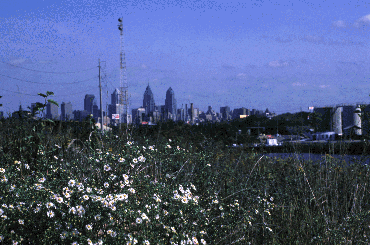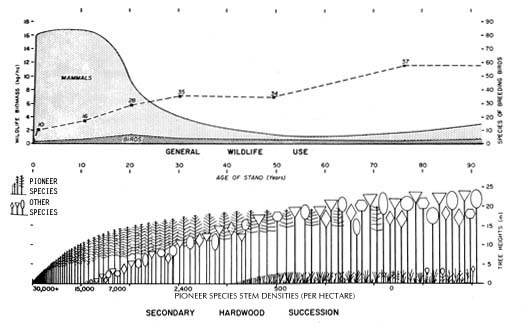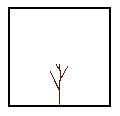| PLANT
SUCCESSION |
|
| Plants are even better at
taking advantage of opportunity than are animals. Plants will scavenge food and
water under almost any circumstance. And they can migrate from a long way away to
colonize a new home. Their seeds are a form of reproduction that can survive great
hardship; some seeds can grow into a new plant after being buried for hundreds of years! Plant colonization is aided by plant's many methods of dispersal. Some seeds are spread by the wind, others are encapsulated in sweet fruits that birds eat and carry to far away places. Some seeds float on water to move far away, and other seeds are sharp or sticky and move from one place to another on the fur of animals, or on the pant legs of humans. In this way, abandoned parking lots and building sites turn into urban meadows. |
|
| In all communities, successional processes are always at work. After there is a disturbance in an area that displaces the previous plant community, new immigrants, or colonizers, take over the site. Before humans lived around Mill Creek, fires occasionally burned through the forest. Afterwards, a large area would be left free of trees and competition. Grasses and wildflowers would establish themselves quickly on the sunny spot. A similar situation happens today in the Mill Creek neighborhood: open land is taken over by goldenrod, clover, asters, and grasses. Slowly, woody tree species seed into the meadow. These trees grow quickly in the sunny open spot, and quickly form a young forest. | |
| Outside of the city, a pine forest
would eventually die out, and slower growing, shade-tolerant trees would take over.
This group of trees would change composition slightly over time, but would not experience
any radical shifts until another disturbance event occurred: a fire, cutting, or attack by
disease. Different stages of the successional forest support different types of wildlife, some find food in the meadow, while others find shelter in the forest. We still don't know exactly what will happen with the succession of urban forests. These processes act over a long period of time. Quick-growing, sun-loving trees will probably not survive a very long time once the urban forest grows up. Maybe shade tolerant, native species will grow-up in the understory. But for this to happen, somehow the seeds must travel to these lots from far away places where native trees remain. |
* Young, and Giese. Introduction to Forest Science. p 361.
|
|
REFERENCES
|


